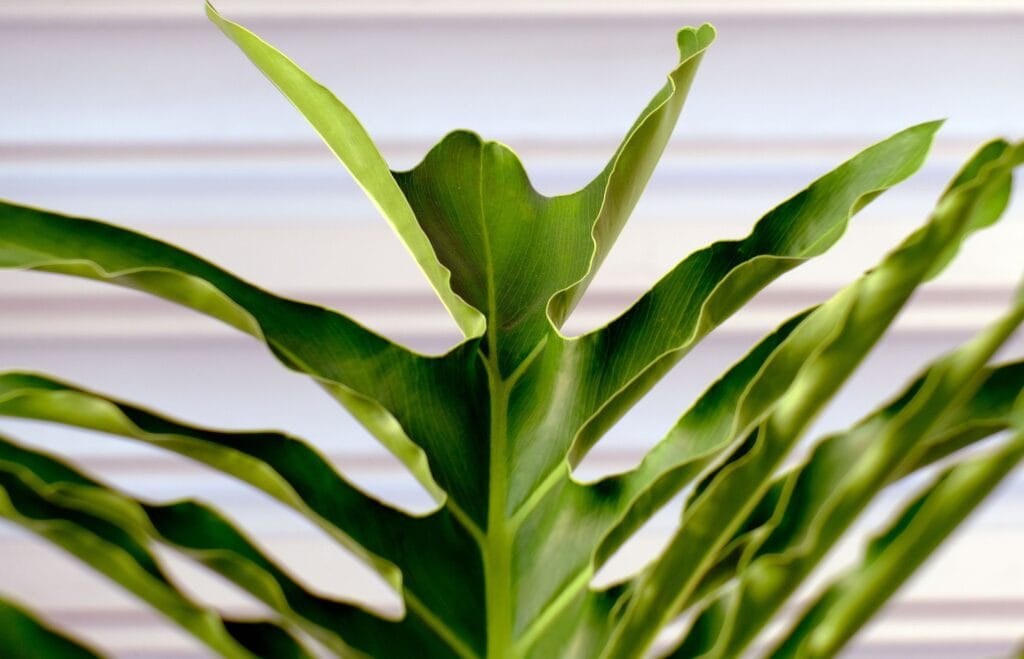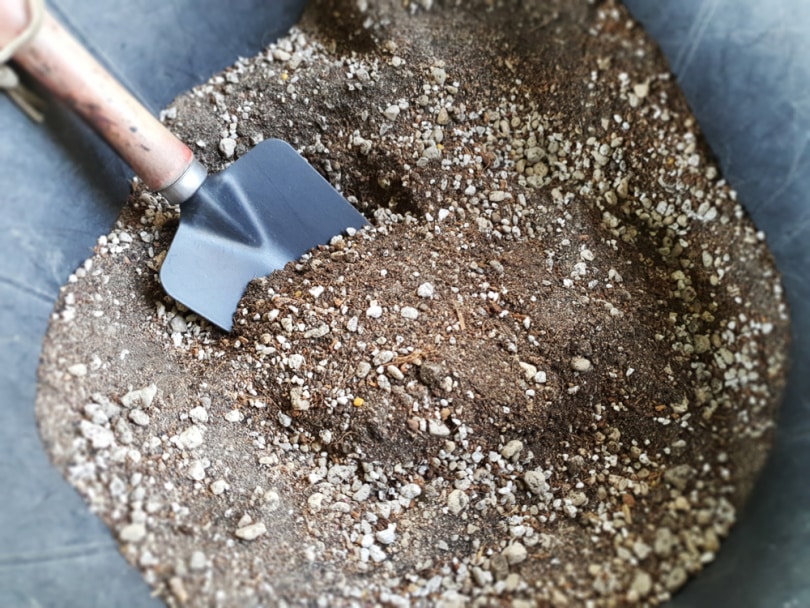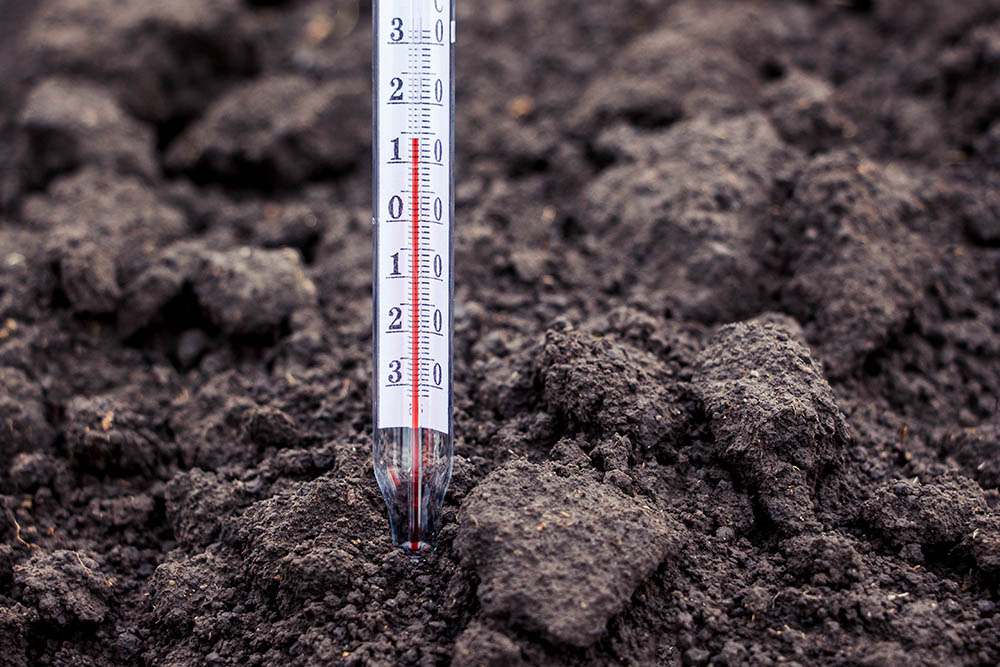How Much & How Often to Water Philodendron: Care Tips & Requirements
-
Ashley Bates
- Last updated:

Bringing home a new house plant can be exciting, especially for someone who is plant crazy. But if you’ve never owned a specific plant before, you want to ensure that you’re giving it all the proper care required.
If you have any plant in the philodendron category, you might already be primarily familiar with the style of the plant. Rather than being one type of plant, there are several in this category. These plants are generally straightforward to take care of and require minimal maintenance.
About Philodendrons

Philodendrons are extremely fond of humid climates that are relatively tropical. They grow naturally in these types of areas and absolutely love porous, moist soils and frequent rainfall.
Over the years, they have become a popular and rewarding houseplant for many botanical enthusiasts to keep. There are some common issues when keeping this plant, but it is a wonderful choice for novice and experienced growers alike.
Watering might be one of the most common mistakes people make when they own these beautiful vining plants. So, it is essential to tackle this topic specifically so you can grow beautiful indoor greenery while your plant lives its best life.
How Often to Water a Philodendron
How much you water your philodendron plants depends significantly on what you feel in the soil. Philodendron soil should always be slightly moist but never completely saturated for long periods – and they definitely don’t require daily watering.
Watering your plant depends significantly on the type of pot it’s in. Some pots drain very quickly, while others remain relatively stagnant for a while. When you are purchasing a proper pot for your philodendron, always choose something that is well draining but not a pot that is just going to let all of the moisture seep out immediately.
How Much to Water a Philodendron
How much to water your philodendron plant depends greatly on the soil and the season. Philodendrons grow heavily in warmer months and naturally slow growth in the winter.
It is essential to keep your philodendron in a warm environment in the wintertime away from drafts and cold windows. Watering once every 10 days in cold months will likely be sufficient, but if it seems like the soil is too wet, you can wait longer.
In the summer months, when it’s nice and toasty, your philodendron will love a spritz of water on their leaves to create a humid environment. You can water them slightly more often as they are using the water to grow more at this time.
A good rule of thumb is to water your philodendron once every seven days, but you can water more or less depending on the dampness of your soil.
When you water your philodendron, you can completely saturate the soil as long as the pot drains very well. A good soak promotes healthy leaf and root growth.

Over or Under Watering Your Philodendron
If you feel the top of the soil and it is dry, your philodendron is really going to need a drink. A lack of moisture in the soil can lead to the browning and dropping of leaves.
But we want to point out that overwatering can be just as detrimental. One of the major issues here is root rot from sitting directly in over-saturated soil. If you notice the water is pulling up, the soil is aerated enough, or the soil feels saturated. It can also cause problems for the plant.
If there is too much water in the pot, it can cause a lack of oxygen that prevents your root’s ability to absorb nutrients and its environment. This causes yellowing and drooping of the plan itself.
Philodendron General Care
Caring for your philodendron plant goes beyond just watering them. Here are some aspects of basic care for these vining beauties.
Soil
As far as soil is concerned, you’ll want to choose a well-draining, nutrient-rich potting soil mix that is properly aerated. Having compact soil around your philodendron can smother the roots and prevent the intake of vital nutrients.

Lighting
One thing that makes philodendrons a favorite among indoor gardeners is the amount of indirect sunlight they require. This plant is an excellent one for a well-lit room that doesn’t have an available window seat.
These plants prefer indirect bright light, so they love cheerful, sunny rooms without direct sunlight. If you notice your philodendron leaves turning yellow or browning at the edges, it could be from too much light. Direct sunlight can scorch the leaves, which is super unhealthy.
Temperature
Philodendron plants like room temperature areas. If you’re comfortable in your room, the chances are, so is your philodendron. However, they can be extremely sensitive to cold places, so keeping them away from windows or drafts during cold seasons is essential.

Proper Potting
Philodendrons require well-draining parts that allow moisture to drain through without becoming stagnant. These plants are slow to moderate growers, and it is essential to switch out their soil and pot every six months.
Pruning
Philodendrons are a breeze to prune. They are vining plants which makes it super easy to snip and go. If you want to redirect your plant, you can simply cut back the lines and allow a fuller look, or allow them to grow, wind, or drape at their will.
Conclusion
Philodendrons are exceptionally beautiful plants that are super easy to grow. They really are the perfect indoor plant, requiring very little care and sunlight. Once you are familiar with the basic concepts of care, you will have philodendrons all over your home.
Featured Image Credit: Pixabay
Contents
